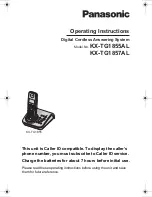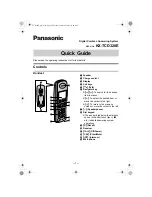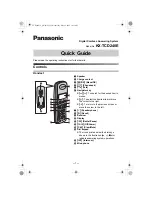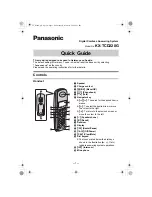
keeping up appearances
DARNING
Worn or torn spots on children’s clothes,
knits, and household linens can be darned
effortlessly and quickly with little practice.
You may choose to darn either with or without
an embroidery hoop. When greater control is
needed, use an embroidery hoop designed for
machine use.
Without Embroidery Hoop
• stitch: Straight j
• Stitch Width:
• Needle Position:
• Stitch Length: 10 to 15
• Pressure:
DARN
• Zig-Zag Plate
• Zig-Zag Foot
1. If area to be darned is open, baste an un
derlay in place. Set machine according to
code.
2. Place area to be darned under presser
foot; lower presser foot and start stitching,
alternately drawing fabric toward you and
pulling it gently away from you.
3. Continue this forward and backward mo
tion as you fill the area with parallel lines of
stitching. For additional strength, cover
area with crosswise lines of stitching.
With Embroidery Hoopt
• Stitch: Straight
i
•
Stitch Width:
• Needle Position:
• Stitch Length: In
FINE
area
• Feed Cover Plate (See page 5 for attaohing)
• No Presser Foot or Presser Foot Shank
1. Attach feed cover plate (see
page
5).
2. Trim ragged edges from area to be darned
and center worn section in embroidery
hoop designed for machine use.
3. Position work under needle and
lower the
presser bar to engage tension.
4. Hold needle thread loosely with left hand,
turn hand wheel over, and draw bobbin
thread up through fabric. Hold both thread
ends and lower needle into fabric.
5. Outline area to be darned with running
stitches for reinforcement.
6. Stitch across opening, moving hoop back
and forth under needle. Keep lines of
stitching closely spaced and even in
length.
7. When opening is filled, cover area with
crosswise lines of stitching.
Darning without Embroidery Hoop
+For best results,
Fhp
& Sew panel should be up when darnmg with embroidery hoop.
Darning with Embroidery Hoop
58
Instrukcje obsługi maszyn do szycia firm Polskich jak i zagranicznych np. Singer Toyota Pfaff Gritzner Łucznik Arka














































